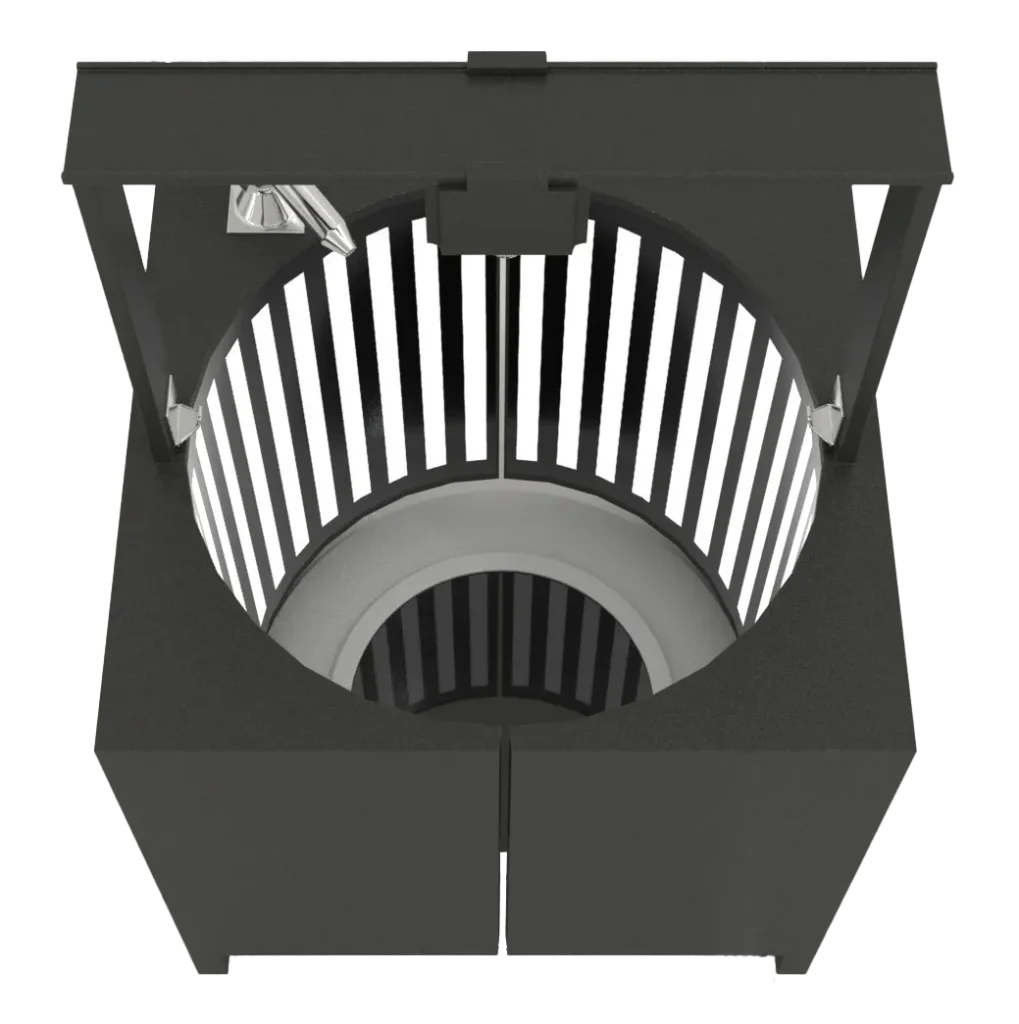The Drosophila Visual & Olfactory Apparatus is a key tool for studying sensory-driven behaviors and decision-making in Drosophila. During trials, flies are exposed to various visual and olfactory cues, allowing researchers to observe their responses and preferences based on sensory input.





